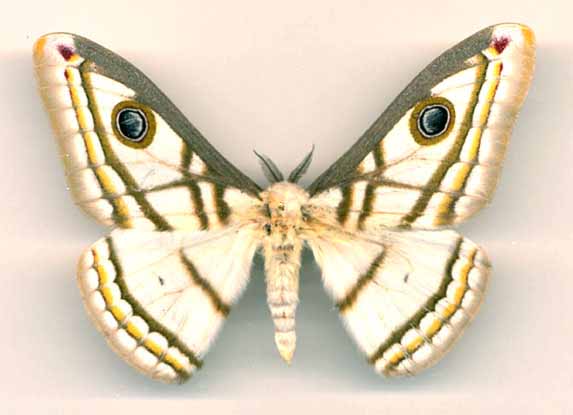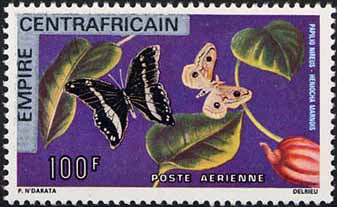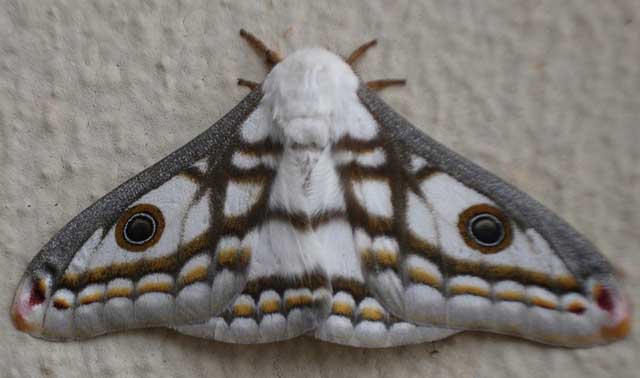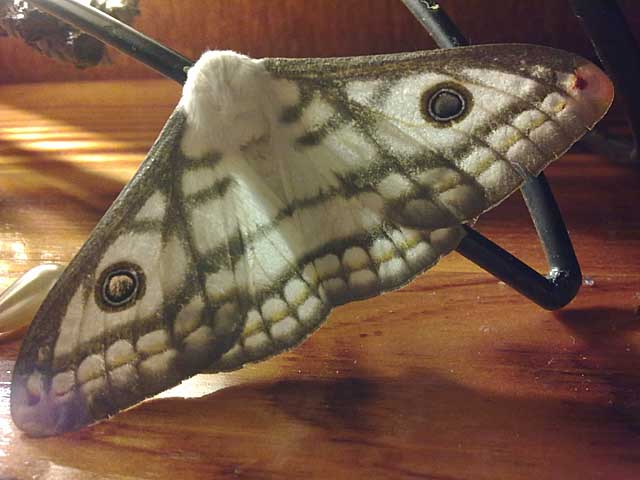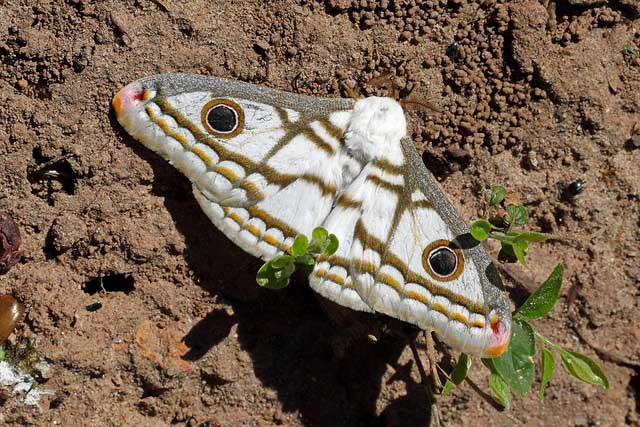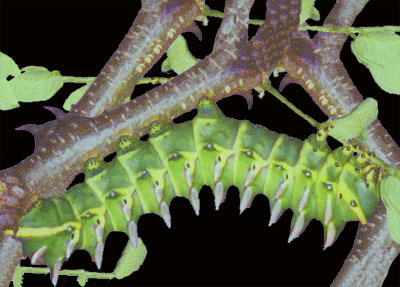|
|
Updated as per Pinhey's Emperor Moths of South and South-Central Africa, 1972, January 19, 2006
Updated as per Bouyer's Catalogue of African Saturniidae, 1999, January 19, 2006
Updated as per Cooper's The Emperor Moths of KwaZulu-Natal, 2002, January 19, 2006
Updated as per personal correspondence with Thierry Bouyer, May 2006
Updated as per personal correspondence with Rolf Oberprieler, 2004-2005
Updated as per Lambillionea (vingerhoedti and marnois wingspans) No 2, June 30, 1992
Updated as per personal communication with Sue Bentley (Kwazulu-Natal, South Africa, November 24, 2011); December 2011
Updated as per personal communication with Jeni Ingram (Mpumalanga, South Africa, January 25, 2012); January 25, 2012
Updated as per Saturnafrica #8 (Zambia: Central Province: Kasanka N. P., November), February 2011; January 31, 2014
Updated as per personal communication with Nigel Voaden (Sakania, Democratic Republic of the Congo, December 1, 2013); August 19, 2014
|
